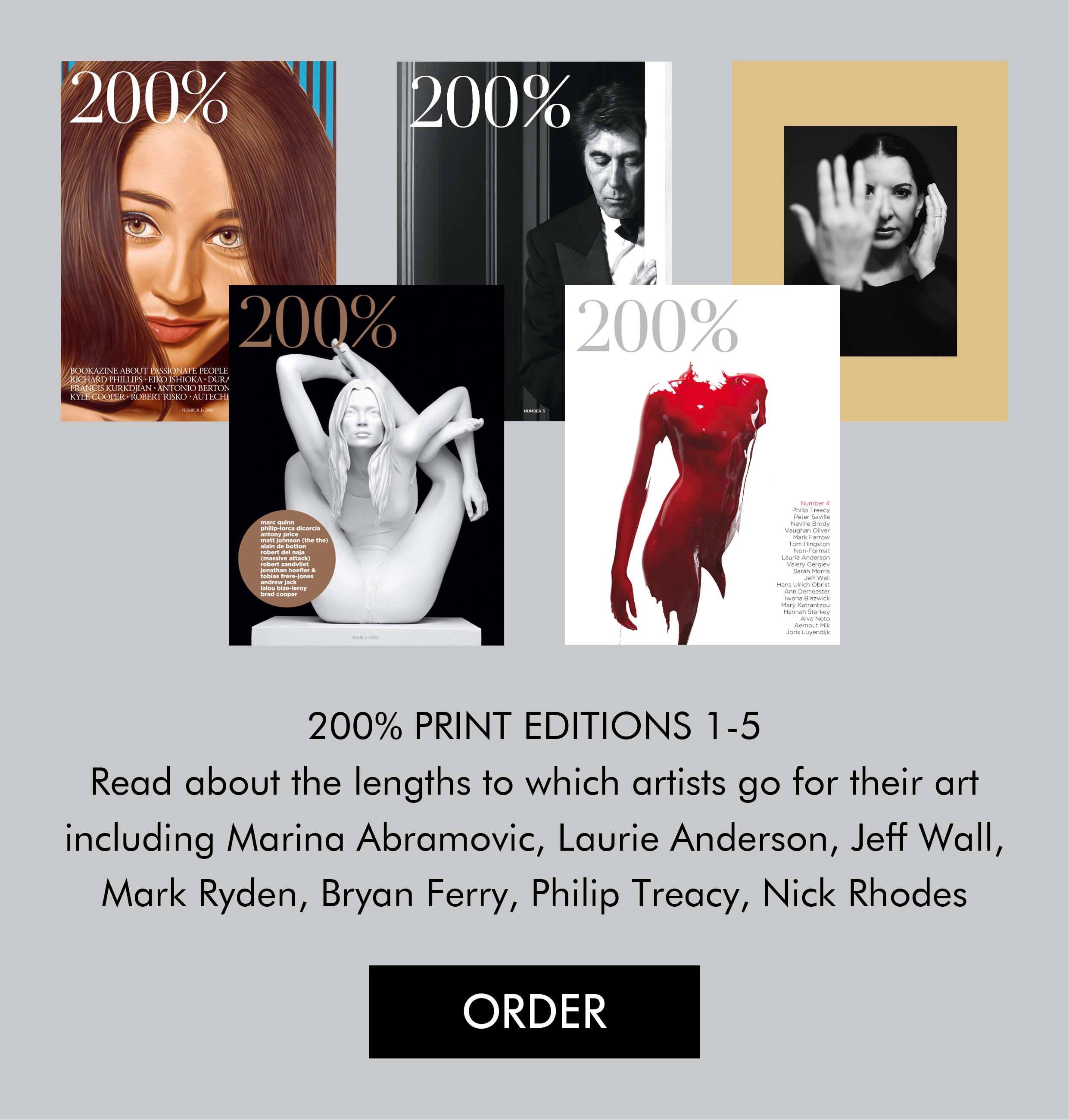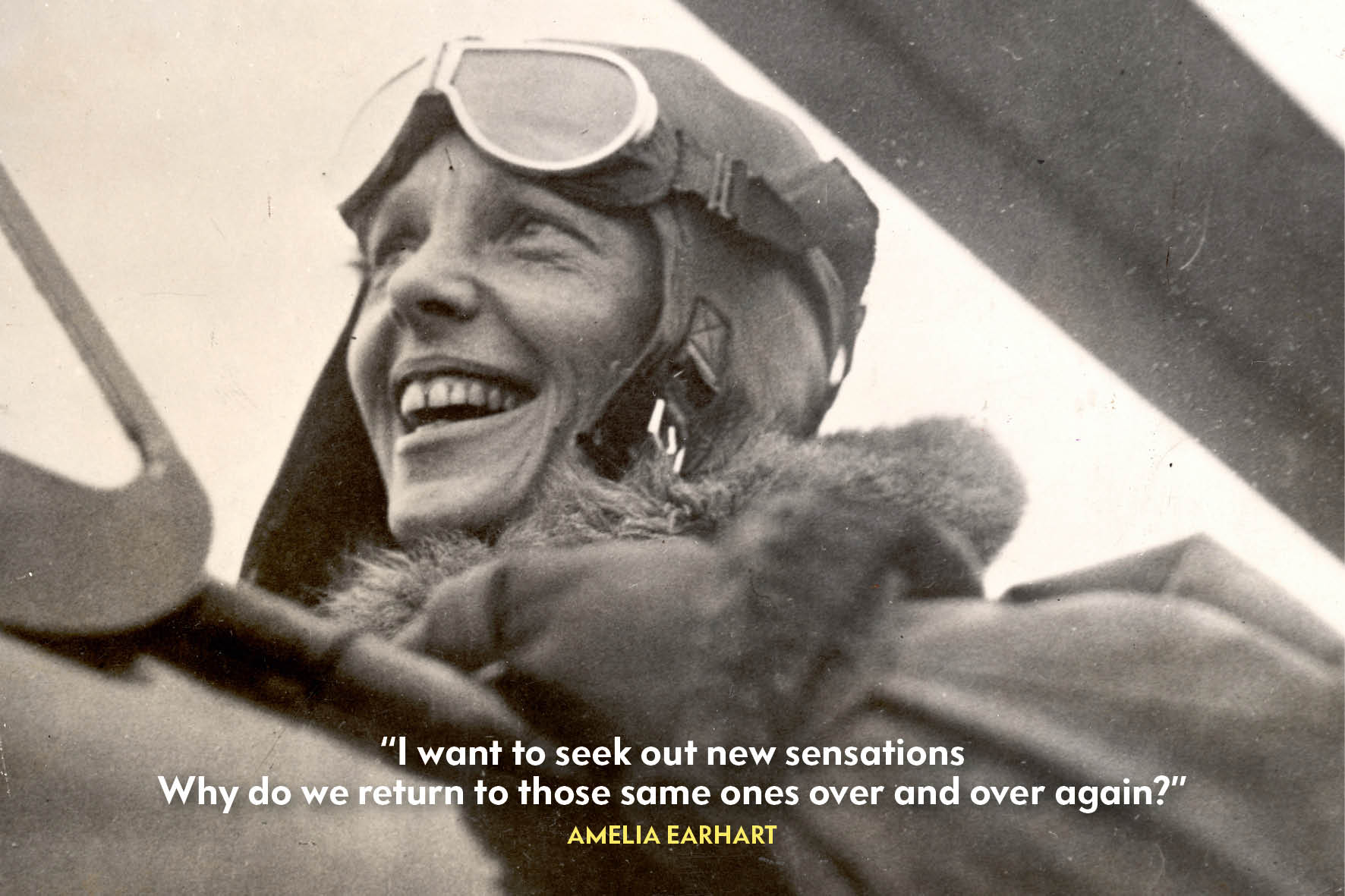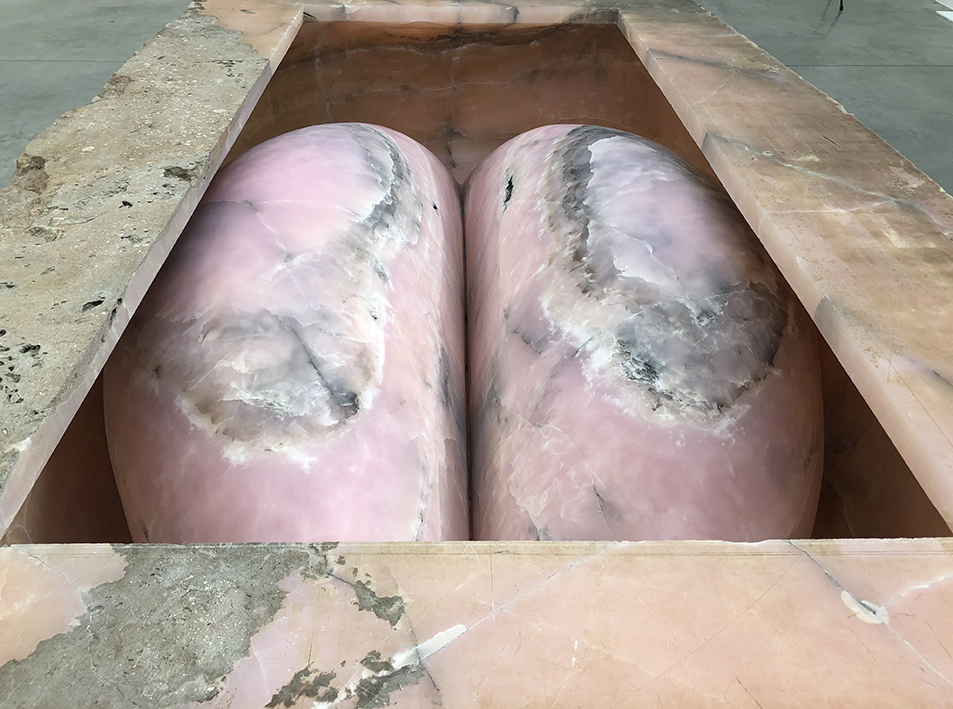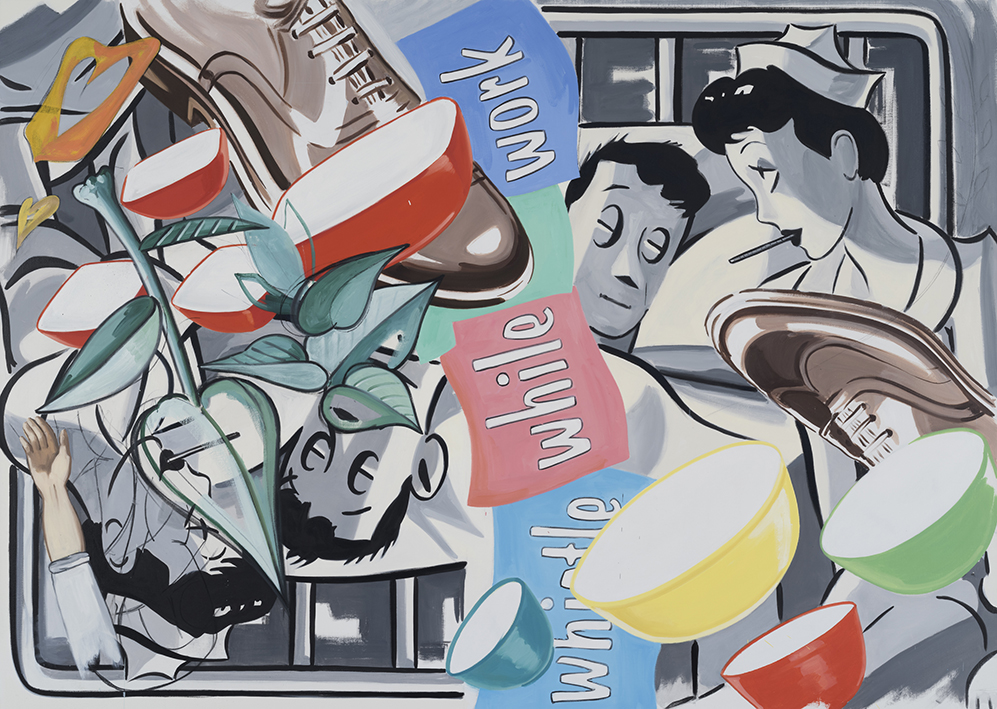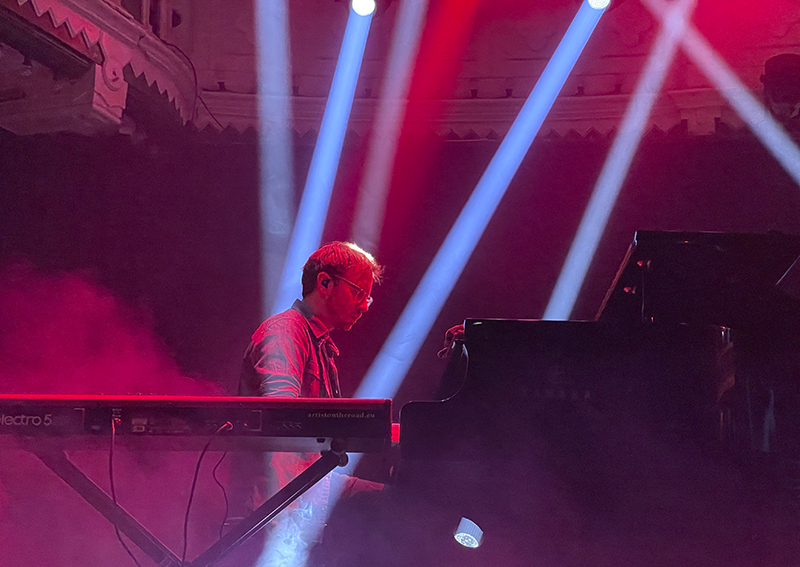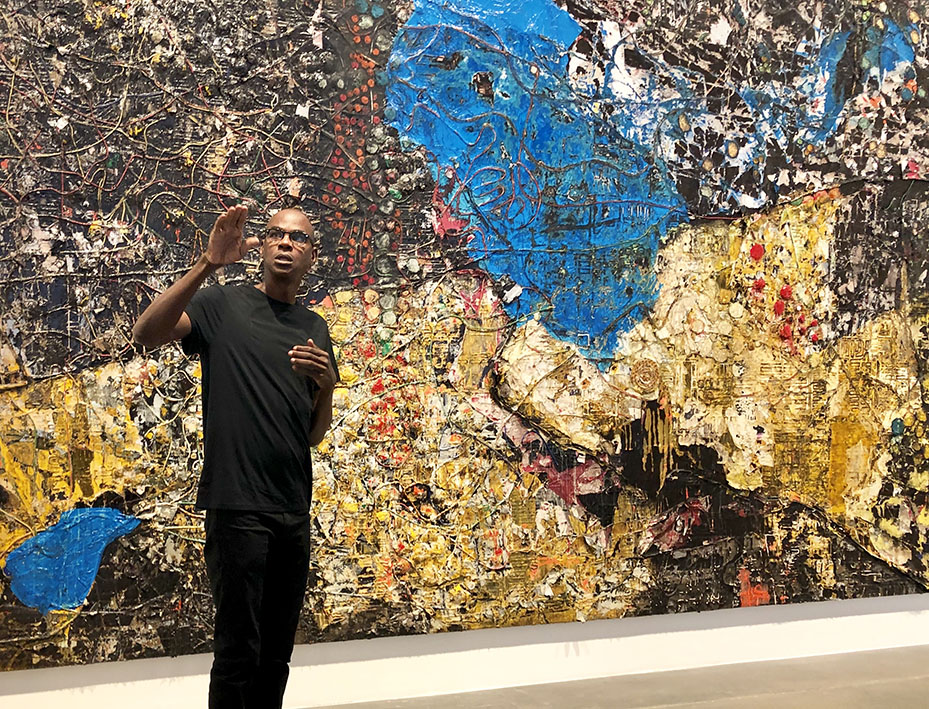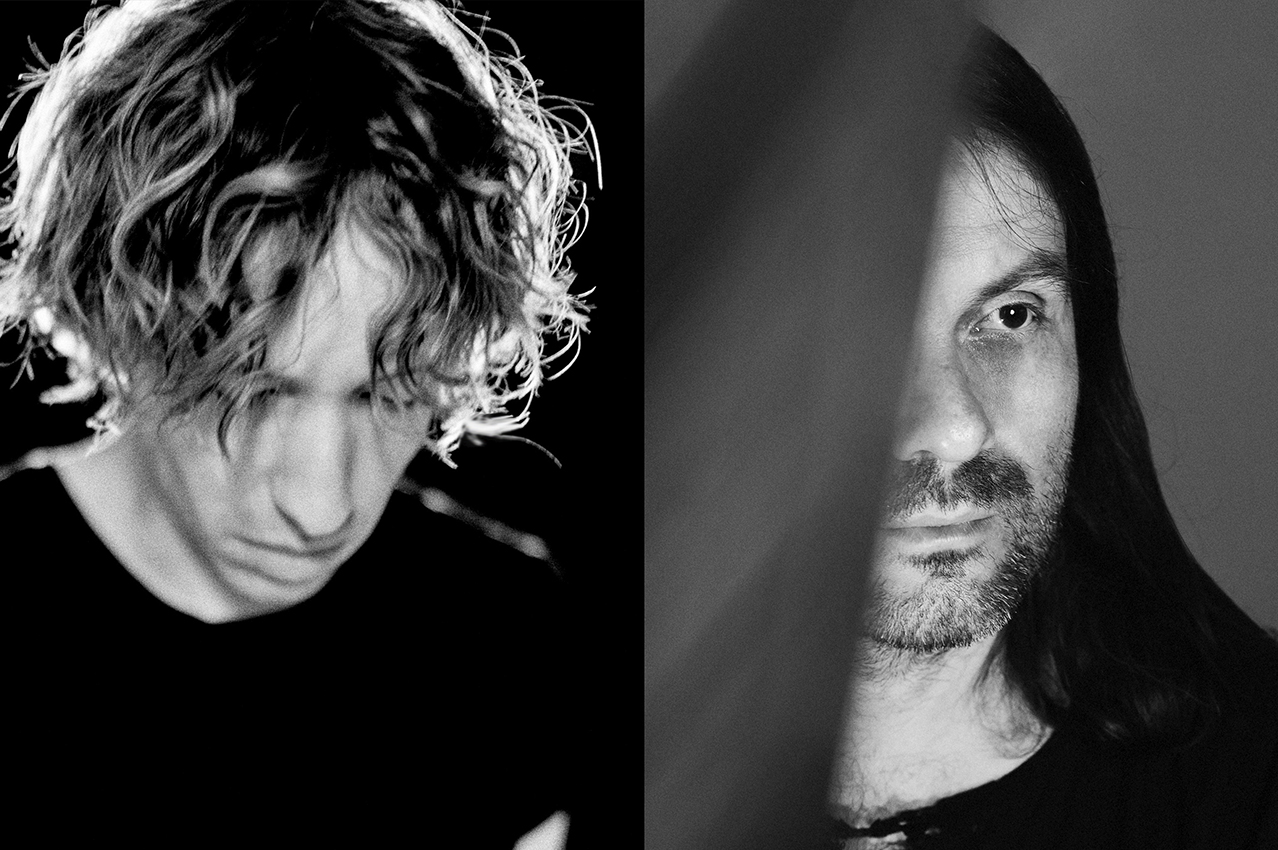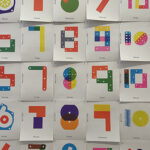
Music Interview with J. Willgoose, Esq., Public Service Broadcasting (pt. 2)
Public Service Broadcasting’s frontman talks about teaming up with This Is The Kit and EERA on lyrics, their upcoming Barbican show with the London Contemporary Orchestra, and the English eccentricity of the band’s stage outfits.
200%: What bands that employed sampled speech have inspired you?
JW: A big one in my teenage years was the Manic Street Preachers with their album The Holy Bible. I was – and still am – obsessed with it. The samples they chose created a sense of claustrophobia that really set the mood. Later, when I discovered hip hop, I was drawn to Jurassic 5, DJ Shadow – especially – and the Beastie Boys, who used samples with a kind of humour that always made me laugh. Mogwai, as well. The first track of their second record, Punk Rock, features an incredible Iggy Pop speech. Over the years, all of that seeped in: the dramatic, cinematic way of using words through sampling.
200%: Do you enjoy writing lyrics?
JW: I do. I enjoy collaborating with other songwriters. I tend to act more like an editor: most of the inspiration comes from the singer we’re working with, and I’ll respond by saying, “I like this, but that part [of the lyrics] isn’t working. Could we bring this aspect of Amelia’s personality more into it?” I might suggest the odd line here and there. For example, I suggested a few [to Andreya Casablanca] for The Fun of It. I really enjoy that editing process across many disciplines, including lyrics.
200%: Tell me more about your collaborations with This Is The Kit and EERA on The South Atlantic and A Different Kind of Love.
JW: I sent Kate Stables [aka This Is The Kit] a chapter from Amelia’s book, The South Atlantic, and said to her, “This is the section of the story we’re trying to tell. See if there’s anything here that inspires you.” She basically came up with the whole lyrics as it is. She had written it in the past tense, and I suggested changing it to the present tense so that we were telling the story in a more contemporary way. Beyond that, I hardly had to contribute anything –she just got it straight away.”
A Different Kind of Love was more challenging to write because it’s a harder story to tell; the emotional connection between Amelia Earhart and her husband. Her adventures demanded sacrifices in her personal relationships, and instead of focusing on a single section in her journey, the song tries to capture her entire attitude toward a relationship and marriage. That made it a more difficult narrative to convey. But EERA did a great job.
 200%: You didn’t use Amelia Earhart’s original voice but enlisted actor Kate Graham to voice her on the album. What was the reason for that?
200%: You didn’t use Amelia Earhart’s original voice but enlisted actor Kate Graham to voice her on the album. What was the reason for that?
JW: There’s plenty of written material, but we’re talking about 1937. Radio was widely used, but broadcasts weren’t routinely kept. There are a few recordings of her voice, but they don’t really capture her character. On film, she often seems wooden, stilted, not relaxed, which doesn’t reflect who she really was. She was charming, graceful, engaging, and charismatic. I felt the best way to reflect that was to use someone else’s voice. It wasn’t about doing an impression, other than a fairly neutral American accent, but about capturing the spirit of what Amelia said and how she said it. Kate did a fantastic job. It was a real challenge, though, as I’d never worked with an actor voicing someone else across a whole record before. I was worried, because if it hadn’t worked, it would have been bad.
200%: Kate gives a very convincing portrayal of a female pilot – you can hear the panic in her voice as Earhart flies through the monsoon storms.
JW: Yes, when we recorded the vocals, I played Kate loud atmospheric recordings of 1930s twin-engine planes through her headphones, which helped her to project her voice as if she were actually in a noisy environment.
 200%: Your song about the first man in space, Gagarin, who orbited the Earth, is very celebratory – opening with a big-band feel, vibrant brass, funky elements, and groovy bass lines. Why did you choose this kind of atmosphere for the track?
200%: Your song about the first man in space, Gagarin, who orbited the Earth, is very celebratory – opening with a big-band feel, vibrant brass, funky elements, and groovy bass lines. Why did you choose this kind of atmosphere for the track?
JW: It was really about his personality. Yuri Gagarin was a superhero figure, a relentlessly positive beacon of light. Everyone who met or heard him seemed to fall in love with him – he was the best ambassador the Soviet Union could have chosen for this mission. I watched an interview where he said, “I caught the space bug,” and that phrase made me think of Parliament-Funkadelic, space funk, and all that kind of thing. So I thought, wouldn’t it be fun to give him a superhero-style theme – something upbeat, celebratory, and full of energy – to reflect his personality, without treating it too literally.
200%: At the beginning of November, you’ll perform with the London Contemporary Orchestra at the Barbican. Songs from The Race for Space and The Last Flight that feature strings will sound incredible live. How do you adapt those arrangements when you don’t have an orchestra on stage for the rest of the tour?
JW: It would be amazing to take a 20-piece string section on tour, but that isn’t possible. So it will be a mix: some parts go on a backing track, others we leave out if they rely too much on the orchestra. We might adapt sections of our Proms show with the 85-piece orchestra for this performance. The exciting part is reworking the music for such a talented string section – they can make anything sound brilliant. I’m really looking forward to shaping the setlist and seeing what we can do.
 200%: There’s a touch of English eccentricity about the band: you add ‘Esquire’ after your name and keep the members’ first names secret. Today, you’re wearing a polo shirt, but on stage, you are always wearing a bow tie and a corduroy suit. Is that a wink to the idea of a professor presenting a history lesson on a pop stage?
200%: There’s a touch of English eccentricity about the band: you add ‘Esquire’ after your name and keep the members’ first names secret. Today, you’re wearing a polo shirt, but on stage, you are always wearing a bow tie and a corduroy suit. Is that a wink to the idea of a professor presenting a history lesson on a pop stage?
JW: It’s all meant to be tongue-in-cheek, English humor, and deliberately anti-rock and roll. We wanted to look more like geography teachers than leaping musicians. I thought that would suit the band’s aesthetic, the music, and the way we present it. Bands need a look – something reductive and simple, almost like LEGO-like figures, where you could still identify the band immediately. The really successful ones are recognizable that way. For us, corduroy became central to that image. Whatever we’re writing about, corduroy will always be the fabric. Some people confuse it with tweed, but tweed in England is more associated with the upper class. Corduroy, by contrast, feels like rumpled academia, with a slight whiff of failure about it – which, if I’m honest, is probably what draws me to it.
Interview written and conducted by Thierry Somers
Photo band: Alex Lake / Two Short Days

